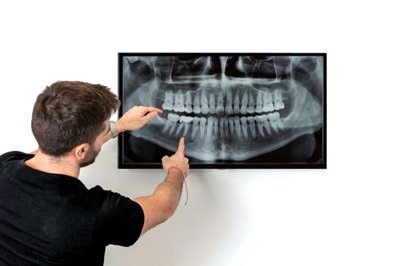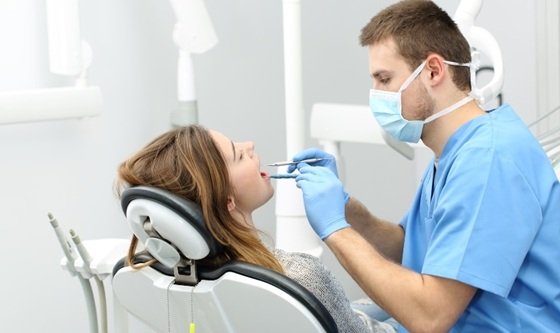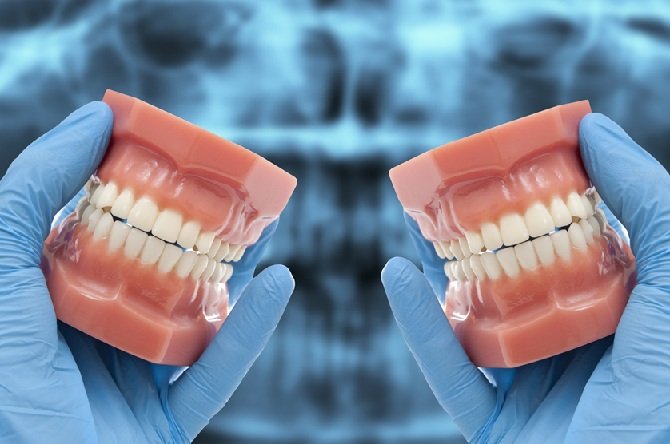You deserve the best dental care. X-rays play a crucial role in your oral health. They help dentists see what might be hidden in regular exams. When you visit for new port richey veneers or routine check-ups, X-rays help detect issues early. These images show cavities, bone health, and infections. Your comfort and safety are priorities. Dentists use the least radiation necessary. X-rays help decide the best treatment for you. Regular X-rays mean fewer surprises. You can discuss any concerns about X-rays with your dentist. Knowing what to expect connects you with your dental care. Understanding the role of X-rays supports your confidence. This knowledge empowers you in your journey to healthier teeth. Keep reading to learn how X-rays improve your dental visits. You will discover how they lead to better outcomes and smiles. This information guides you towards informed decisions. Let’s explore how X-rays benefit your dental health.
Why X-Rays Matter
X-rays allow dentists to look beyond what they can see in your mouth. This technology captures images of your teeth, bones, and soft tissues. This helps identify problems that could otherwise go unnoticed. Early detection means early treatment, which leads to better health outcomes. You avoid pain and expensive procedures with timely interventions.
Types of Dental X-Rays
You might wonder which X-ray type is right for you. Here are some common types:
- Bitewing X-Rays: Show upper and lower back teeth. They help find decay between teeth.
- Periapical X-Rays: Highlight one or two teeth. Reveal the whole tooth, from crown to root tip.
- Panoramic X-Rays: Capture the entire mouth. Show teeth, jaw, nasal area, and sinuses.
Each type serves a specific purpose. Your dentist will choose the most suitable one for your needs.
Safety of X-Rays
Your safety is important. Modern X-ray equipment uses low radiation. This minimizes any risk to your health. Protective gear like lead aprons can provide added protection. The Centers for Disease Control and Prevention (CDC) website offers more detailed safety information on X-ray procedures.
| X-Ray Type | Used For | Radiation Level |
| Bitewing | Detecting decay | Low |
| Periapical | Viewing entire tooth | Low |
| Panoramic | Full mouth overview | Moderate |
How Often Do You Need X-Rays?
The frequency of X-rays varies. Your dental history and current health will determine this. Some people need yearly X-rays. Others, less often. Children might need more frequent X-rays to monitor their growing teeth.
Consulting with Your Dentist
Talk with your dentist about your needs. Have an open conversation about the benefits and any concerns you have. This ensures you receive personalized care. Understanding your dental health helps you make informed choices.
Benefits Beyond Diagnosis
X-rays not only diagnose issues but also guide treatments. They help in planning procedures like implants, braces, and root canals. With clear images, dentists can create the most effective treatment plans. The National Institute of Dental and Craniofacial Research provides resources to better understand these procedures and their reliance on X-ray technology.
Conclusion
Dental X-rays are a vital part of maintaining your oral health. They offer clarity beyond what is visible. This clarity leads to better treatment options and outcomes. Stay proactive in your dental care. Keep up with regular check-ups and follow your dentist’s recommendations on X-rays. Protecting your teeth now ensures a healthier smile for years to come.



